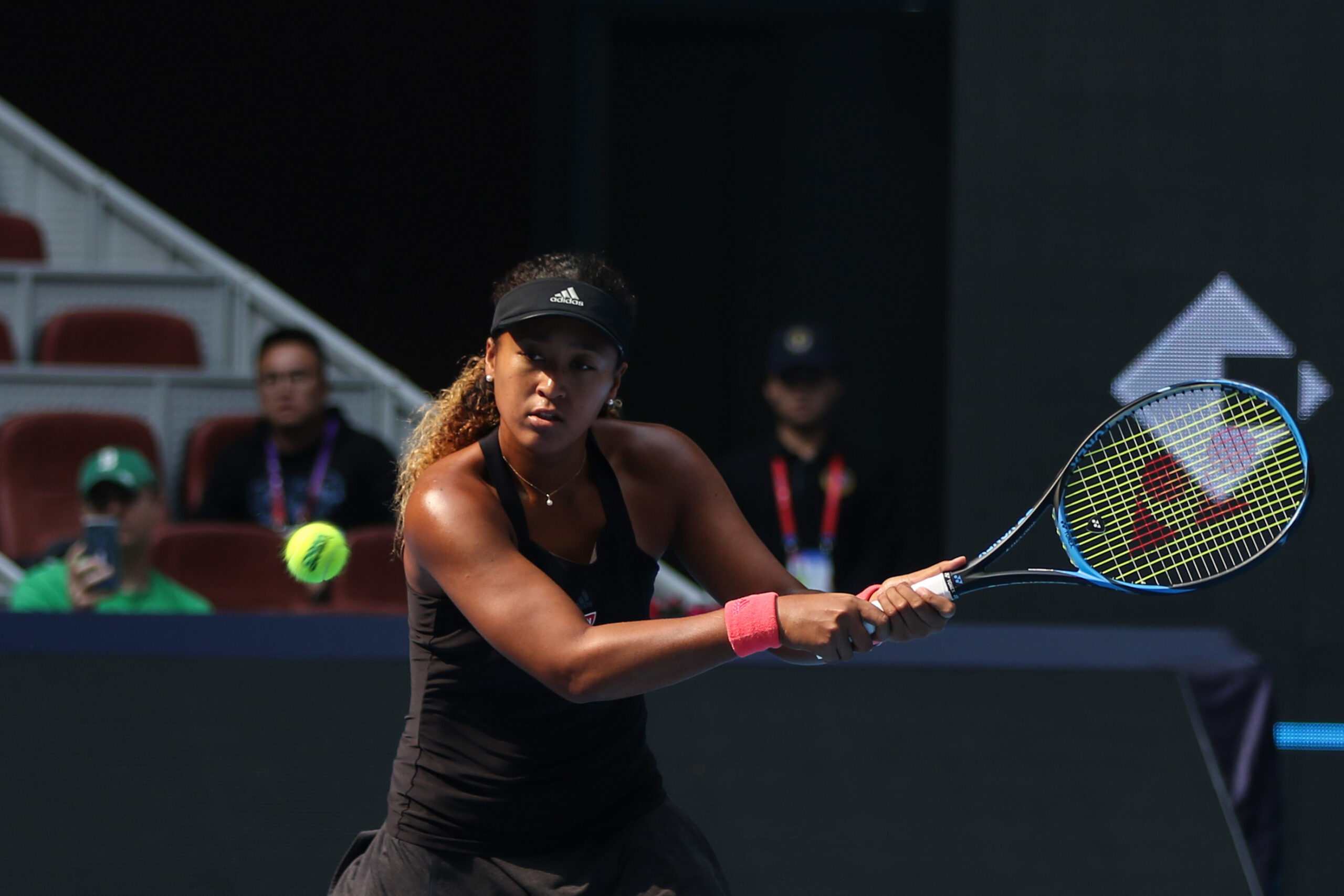
A Tennis Lesson in Crisis PR
What we can learn about public relations in the latest blowup at the 2021 French Open
Tennis fanatics, like myself, have been excited to tune in to the early rounds of the French Open this week, the sport’s most prestigious tournament held on the slippery red clay surface. But even before the tournament started, dirt was being thrown off court when Naomi Osaka, the 2nd seed and arguably the most popular tennis player in the world, announced that she would not participate in the normally required post-match press conferences.
My interest was piqued with the combination of two of my life’s passions: tennis and media. I’m a big fan of Naomi and how she has used her epic platform to advocate for important issues despite being a self-described introvert. However, I also understood how post-match press conferences play a significant role in sharing the stories that come out of these tournaments to promote the sport. I quietly applauded Naomi for taking a stand for what she believed were outdated rules and went on scrolling my social media feed.
I cringed at what happened next. Criticism mounted from tennis media and tennis tournament directors alike. As the tournament began, all the leading professional tennis players were asked about Naomi’s decision in their own press conferences. The news transcended tennis media to reach general sports as well as PR/media outlets. Everyone was talking about how Naomi was selfish and entitled.
After Naomi won her first-round match and skipped her required press conference, she was fined $15,000. Then, the four major tennis tournaments all came together to threaten further action if Naomi continued to refuse to participate in the press conferences.
“We have advised Naomi Osaka that should she continue to ignore her media obligations during the tournament, she would be exposing herself to possible further Code of Conduct infringement consequences. As might be expected, repeat violations attract tougher sanctions including default from the tournament (Code of Conduct article III T.) and the trigger of a major offence investigation that could lead to more substantial fines and future Grand Slam suspensions (Code of Conduct article IV A.3.).”
At this point, Naomi’s goal to be able to focus solely on her tennis had blown up, and she surprised everyone by withdrawing from the tournament.
Revealing that she has been dealing with depression and mental illness for years, it seemed that everyone who had once criticized her was now offering their condolences, including the four major tennis tournaments who issued a new statement:
Ironically, the president of the French tennis federation read this statement at a press conference… and refused to answer any questions.
Collectively, while concerned for Naomi Osaka’s mental health, everyone seemed to agree that the events that had transpired were generally bad for tennis. The sport’s star player unable to play a major event citing debilitating mental illness. Tennis being branded as an “out of touch” sport that has too many rules. No one appeared to come out a winner.
As I was watching this all unfold, I couldn’t help myself from putting my crisis PR hat on. What could have been done to avoid this terrible situation? My response: a dose of empathy.
When a crisis is brewing, emotions are amplified and tensions mount. I could see this happening in real-time, especially when the four major tournaments came together to issue their original joint statement in an effort to protect the status quo. The whole thing came off incredibly defensive, and created a result that no one actually wanted.

Had the decision-makers for each of the major tournaments applied some empathy, they would have been able to answer the question of why they were dealing with this current situation and how their plan of attack was bound to backfire. Had they applied some empathy, they would have been able to determine a realistic roadmap to achievable goals that worked for everyone. Instead, what we saw was a public shaming of one of the sport’s most beloved players.
What I’m also saying here is that to avoid terrible crisis scenarios like this one, someone needs to be thinking about the big picture and needs to be able to think through all possible reactions to different scenarios. It’s easy to be reactive when dealing with a crisis, but if you spend the time to prepare for all scenarios when not facing a crisis, you will have a much clearer head and be able to consider all sides of an issue when developing a plan.
Next time you find yourself in a crisis, take a breath to apply some empathy. Ask why you are in this situation, put yourself in the other party’s shoes, and truly identify the root cause of the and go from there to find a reasonable solution. Or, plan ahead for a slew of crisis scenarios so that you will always be prepared to get the desired result.
As for Naomi, the ball’s no longer in her court. We’ll have to see what happens next, but tennis will not be the same without her. Get well soon, Naomi.
By Erica Fetherston, PR & Operations Manager at 10 to 1 Public Relations